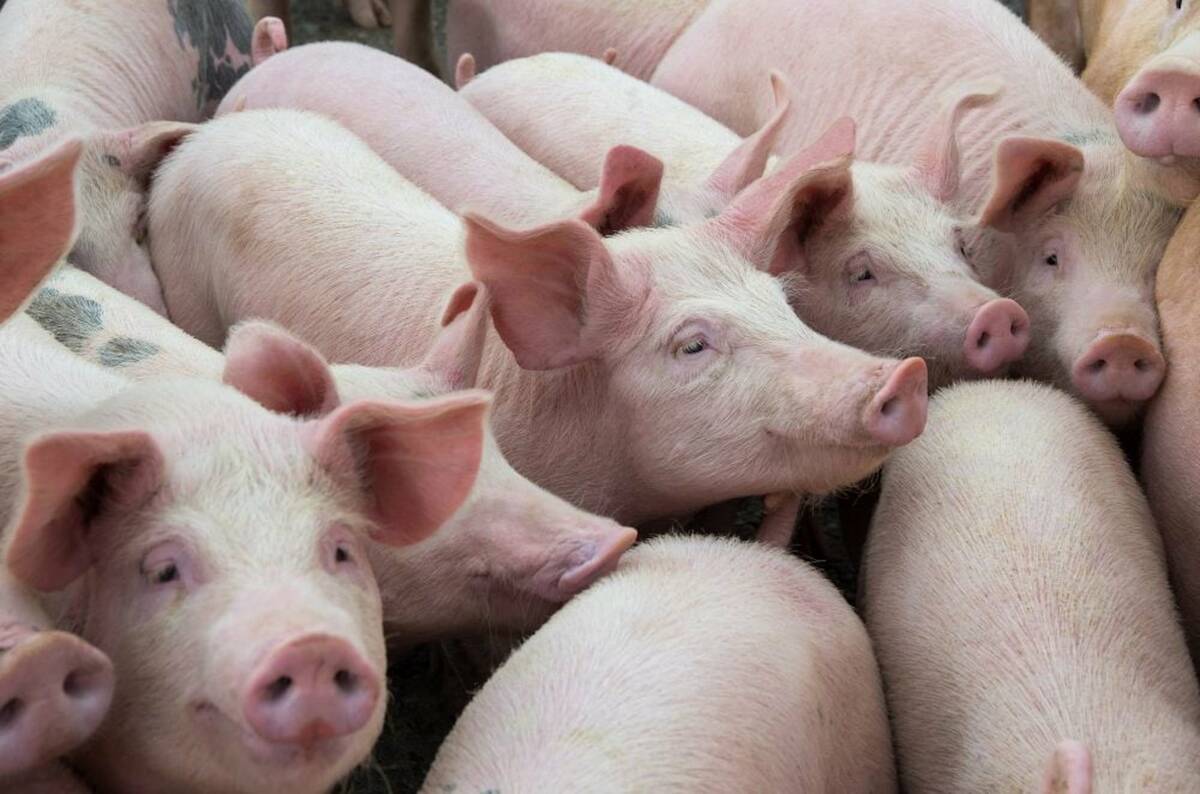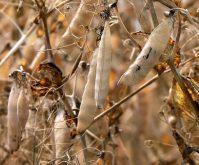MarketsFarm — The harvest for Western Canada’s chickpea crop is about to begin and it comes at a time when worldwide supplies of the pulse are at a low point.
Colin Young, manager of Mid-West Grain Ltd. at Moose Jaw, Sask., said there are varying chickpea yields in the western Prairie region, where most of Canada’s crop is grown, due to ongoing dryness.
“There was one general rainfall event across (Saskatchewan) in about May and after that, the moisture has been really spotty,” Young said. “(There were) localized showers, but (there was) a lot of them…The net result is that some crops were above average and some were below.”
Read Also

U.S. livestock: Hogs rise ahead of ‘Hogs and Pigs’ report
Chicago cattle futures continued to inch upward on Monday. Hogs also rose in anticipation of Tuesday’s Hogs and Pigs report….
He added that the earliest-seeded chickpea crops are now being desiccated in preparation for harvest, but they will have lower yields than later-seeded crops. Growing areas that have received more rain are currently facing disease pressures.
“We have to have clear weather for harvest. The forecast for August is predominantly hot and dry, which is perfect. Continual 30 C highs will definitely accelerate maturity for the younger crops,” Young said. “I feel, pretty confidently, we will have an average yield.”
High-delivered bids for eight- to 10-millimetre Kabuli chickpeas in Western Canada range from 46 to 48 cents/lb., half to one cent higher than last month, according to Prairie Ag Hotwire. Young explained that demand for chickpeas varies at different points of the year.
“It’s not a heavily-traded commodity like some of the other (pulses) where there’s a steady pull year-round,” he said. “Even when the price is low or the price is high, you will see the price change two to five cents/lb. in a short period of time as demand goes up. Then, demand goes quiet and the price drops down.”
Last month, the Global Pulse Confederation announced that worldwide chickpea supplies could drop as much as 20 per cent this year, with reasons cited including fewer acres grown and the war between Russia and Ukraine. But there are other reasons, according to Young.
“We have the lowest global carryover of chickpeas in five years,” he said. “Globally, production was quite poor. We’ve pulled through most of the carryover stocks in most of the world, including Canada. Our carryover stocks drew down and we followed it up with the lowest number of seeded acres globally in five years.”
Young added that chickpeas were considered an “under-performer” in the markets, convincing farmers to grow better-priced crops. He expects supplies from Turkey and Russia to enter the market early this fall.
“The market is still waiting to see what the stocks are like, in terms of supply and quality in Canada…‘Do we have enough to carry us through our needs or are we in a shortage?’ That chapter still needs to be written. But the undertone in the market is firm (for now),” Young said.
— Adam Peleshaty reports for MarketsFarm from Stonewall, Man.
















